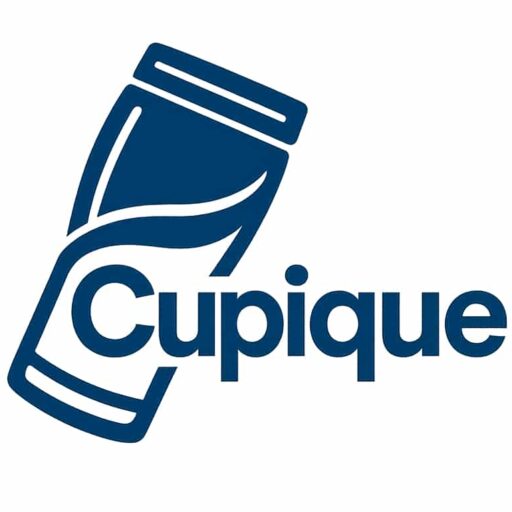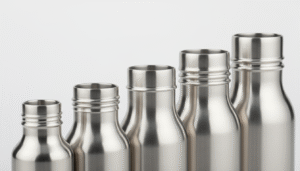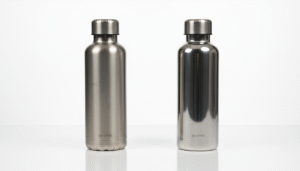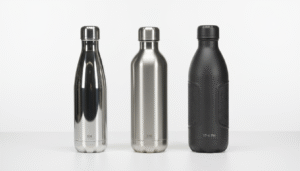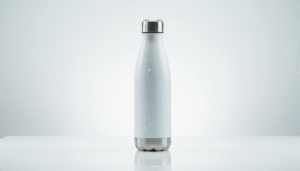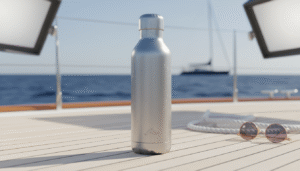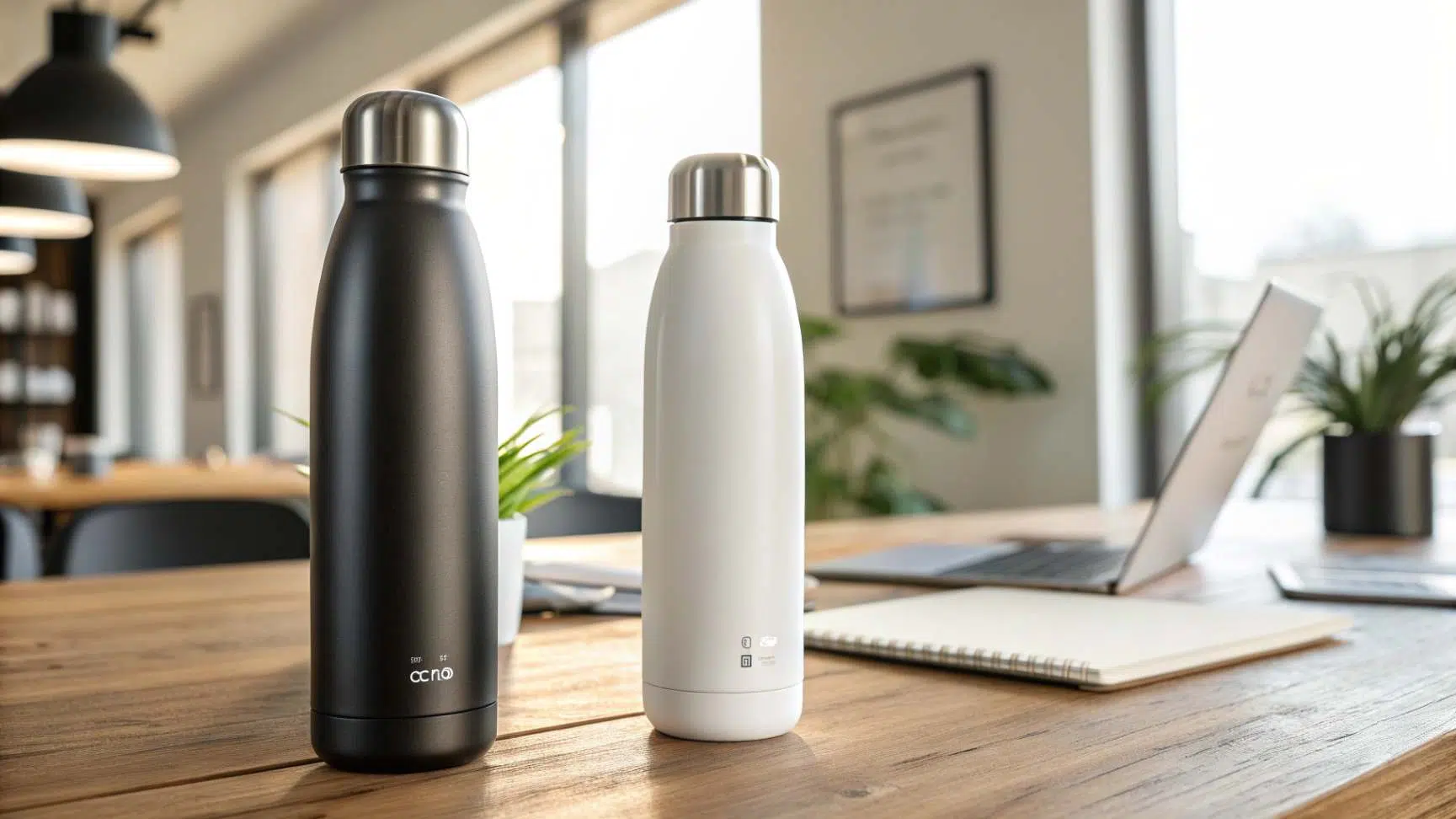
For B2B buyers, 316 stainless steel offers three critical sourcing advantages: 20-40% premium pricing potential through medical-grade positioning, complete corrosion insurance for brand protection, and the ability to create tiered product portfolios that maximize both volume sales and profit margins.
At Cupique, I've watched buyers struggle with this decision for over 10 years. They often focus on technical differences when they should focus on business impact. The choice you make today determines your product's market position tomorrow.
316 stainless steel offers premium pricing potential for B2B buyersTrue
The passage states that 316 stainless steel allows for 20-40% premium pricing through medical-grade positioning.
304 stainless steel has the same sourcing advantages as 316 steel for B2B buyersFalse
The passage contrasts the advantages of 316 steel over 304 steel for B2B buyers, indicating they are not the same.
What's the Difference Between 304, 316, and 201 Stainless Steel
Most buyers think stainless steel grades are just numbers. They represent completely different business opportunities. Each grade targets different market segments and price points.
304 steel contains 18% chromium and 8% nickel. 316 steel adds 2-3% molybdenum for superior corrosion resistance. 201 steel uses manganese instead of nickel, reducing costs but compromising durability and safety standards.
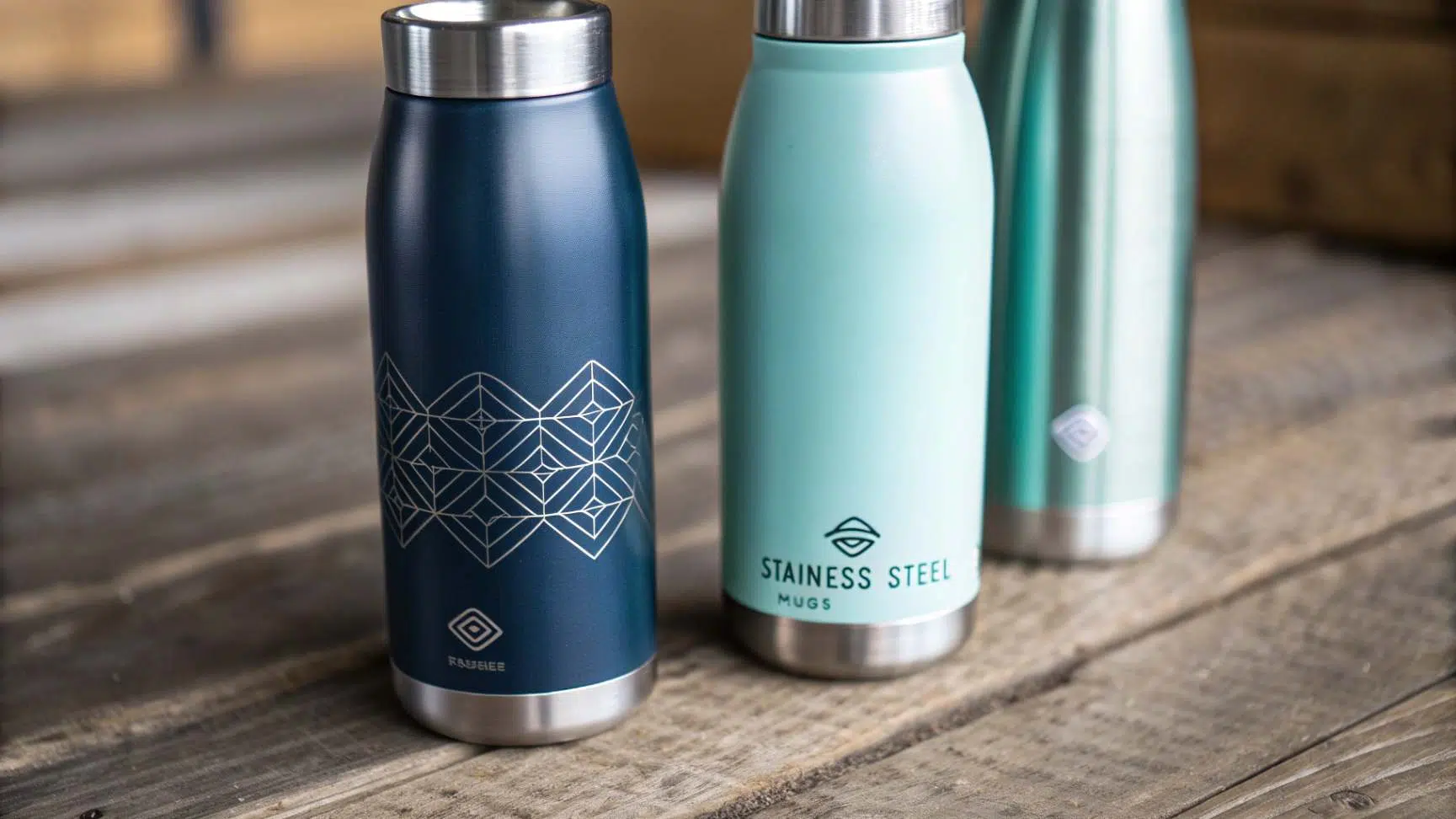
Steel Grade Composition Breakdown
| Grade | Chromium | Nickel | Molybdenum | Key Advantage | Target Market |
|---|---|---|---|---|---|
| 201 | 16-18% | 3.5-5.5% | 0% | Lowest cost | Budget products |
| 304 | 18% | 8% | 0% | Standard food-grade | Mass market |
| 316 | 16-18% | 10-14% | 2-3% | Marine/medical grade | Premium segment |
The molybdenum in 316 steel creates a protective barrier against chlorides and acids. This means your bottles resist corrosion from sports drinks, citrus juices, and salt water. For B2B buyers, this translates to zero corrosion complaints and premium positioning opportunities.
Performance Comparison in Real-World Conditions
| Test Condition | 201 Steel | 304 Steel | 316 Steel |
|---|---|---|---|
| Saltwater exposure (72 hours) | Visible corrosion | Minor spotting | No change |
| Citric acid (pH 2.0, 24 hours) | Surface damage | Slight discoloration | No effect |
| Dishwasher cycles (500+ washes) | Degradation | Good performance | Excellent |
| Coffee/tea staining | High staining | Moderate staining | Minimal staining |
I've tested these conditions in our factory labs. The results show clear performance tiers that directly impact customer satisfaction and brand reputation.
201 steel uses manganese instead of nickelTrue
The paragraph states that 201 steel uses manganese instead of nickel.
304 steel is more durable and safer than 201 steelTrue
The paragraph indicates that 201 steel compromises durability and safety standards compared to other grades.
Which Stainless Steel Grade Is Safest For a Water Bottle
Safety concerns drive purchasing decisions, especially for corporate gifts and employee wellness programs. The wrong choice can create liability issues that cost far more than material upgrades.
Both 304 and 316 stainless steel meet FDA and LFGB food safety standards. However, 316 steel's medical-grade certification provides additional safety assurance and eliminates all corrosion-related health risks, making it the premium choice for safety-conscious brands.
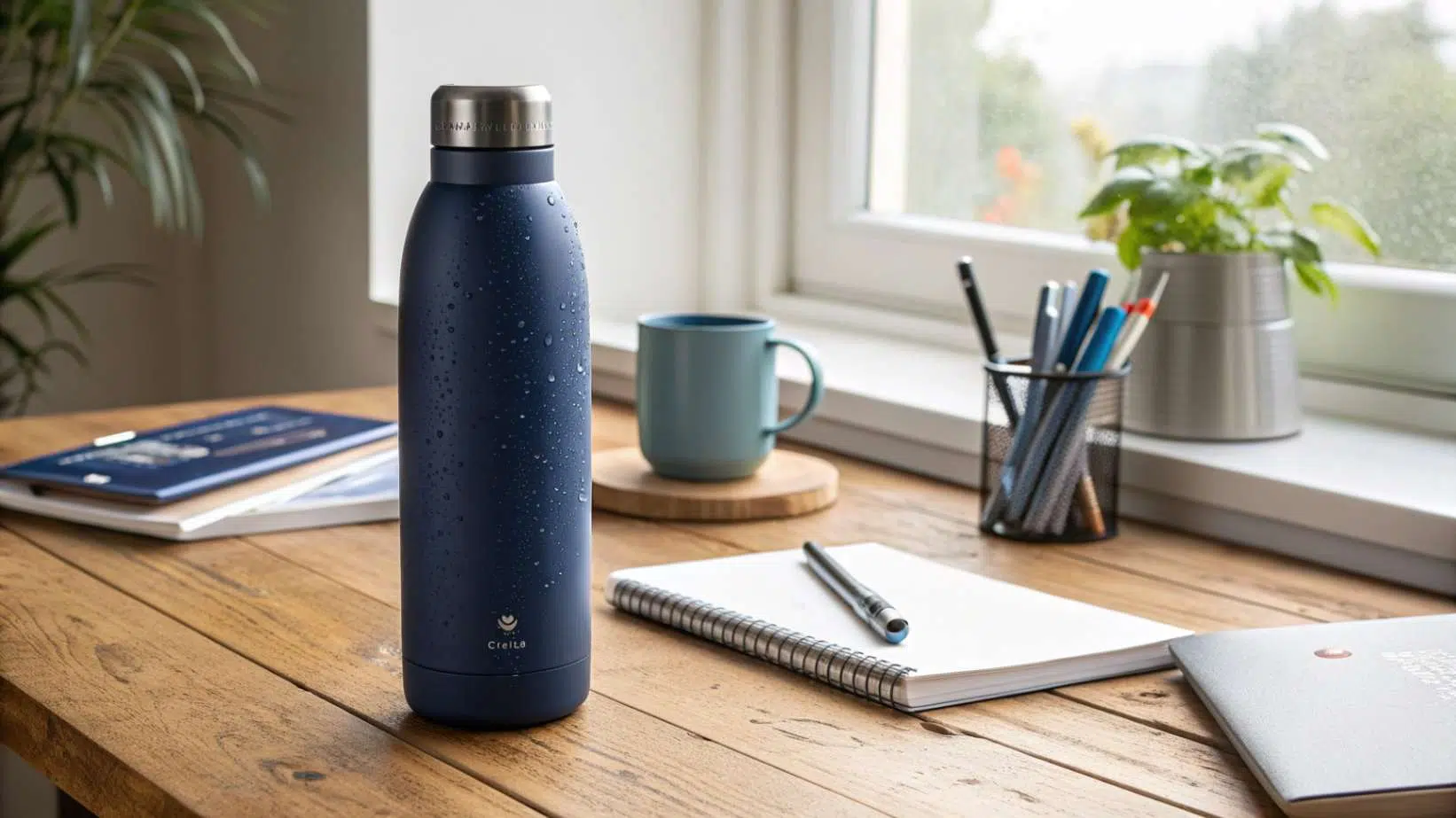
Food Safety Certifications by Grade
| Safety Standard | 201 Steel | 304 Steel | 316 Steel |
|---|---|---|---|
| FDA Approved | ❌ | ✅ | ✅ |
| LFGB Certified | ❌ | ✅ | ✅ |
| Medical Grade | ❌ | ❌ | ✅ |
| Marine Grade | ❌ | ❌ | ✅ |
| BPA-Free | ✅ | ✅ | ✅ |
I always recommend 316 steel for corporate wellness programs and high-value promotional items. The medical-grade designation provides legal protection and marketing advantages that justify the cost difference. Your legal team will thank you for choosing the safest option available.
Health Risk Assessment
The safety advantage of 316 steel becomes critical in specific scenarios. Sports drinks contain high chloride levels that can cause pitting corrosion in 304 steel over time. Citrus-infused water creates acidic conditions that may compromise lower-grade materials. For B2B buyers distributing bottles to unknown end-users, 316 steel eliminates these variables completely.
316 stainless steel is the safest choice for water bottlesTrue
316 steel has medical-grade certification, providing additional safety assurance over 304 steel.
304 stainless steel is not safe for water bottlesFalse
Both 304 and 316 stainless steel meet FDA and LFGB food safety standards.
Is 316 Stainless Steel Worth the Extra Cost Compared to 304
The cost question dominates every sourcing discussion I have. Buyers see the 20-40% price difference and hesitate. They should see it as an investment in brand differentiation and customer lifetime value.
316 stainless steel costs 20-40% more than 304, but enables 30-50% higher retail pricing through premium positioning. The medical-grade story creates perceived value that far exceeds the material cost increase, improving profit margins for B2B buyers.
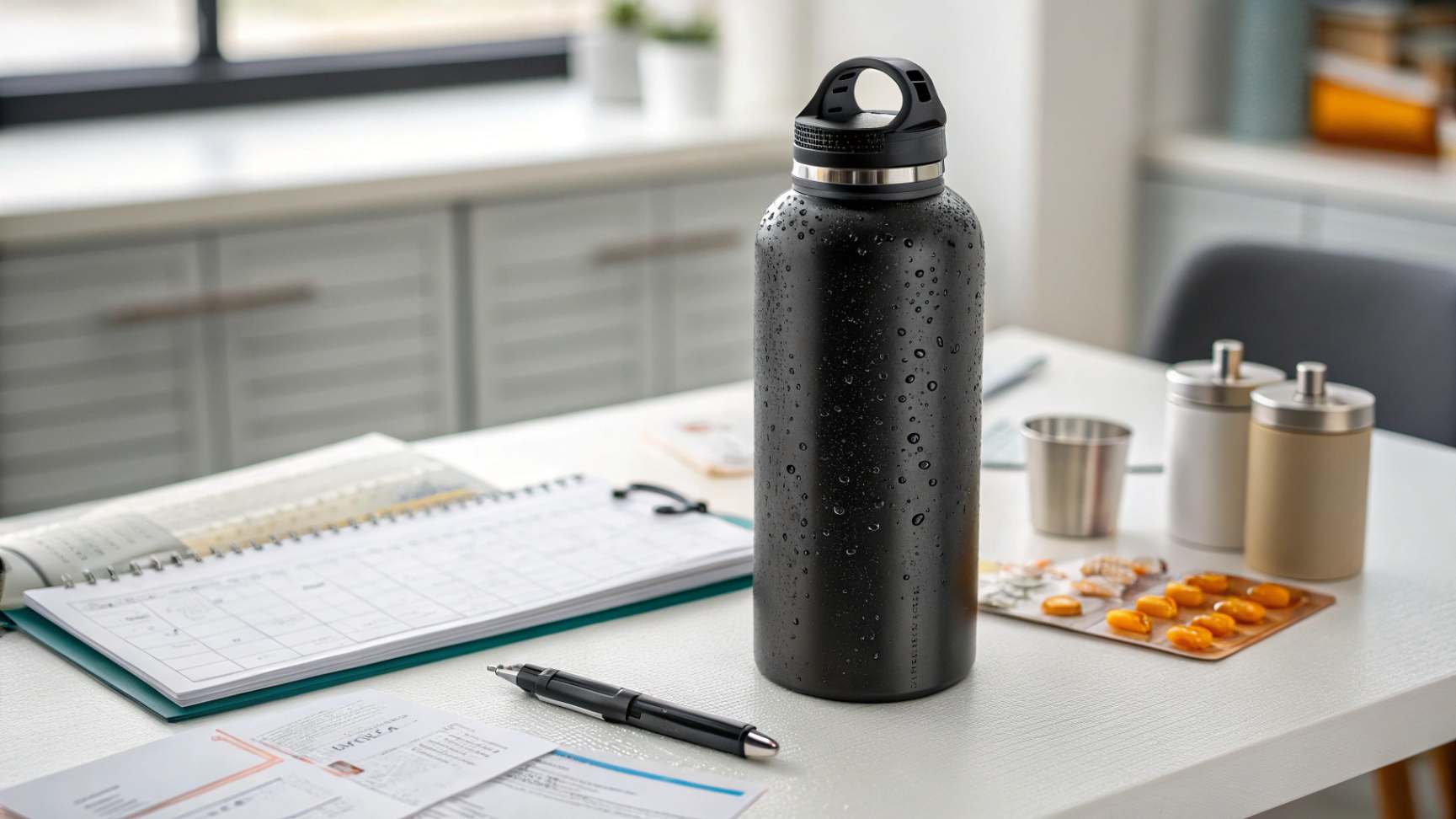
Cost-Benefit Analysis for B2B Buyers
| Factor | 304 Steel Impact | 316 Steel Impact |
|---|---|---|
| Material Cost | Baseline (100%) | +25% average |
| Manufacturing Cost | Baseline (100%) | +5% (minimal) |
| Marketing Story | Standard food-grade | Medical-grade premium |
| Retail Price Potential | Market rate | +30-50% premium |
| Customer Retention | Good | Excellent |
| Complaint Risk | Low-moderate | Negligible |
Last year, I worked with a corporate buyer who chose 316 steel for their executive gift program. They paid 30% more for materials but positioned the bottles as "medical-grade hydration solutions." The perceived value allowed them to present these as $45 retail equivalent gifts while maintaining healthy margins.
ROI Calculation Framework
The return on investment for 316 steel depends on your distribution strategy. For mass promotional giveaways, 304 steel maximizes quantity per budget. For relationship-building gifts, branded retail products, or employee wellness programs, 316 steel's premium positioning generates higher per-unit value and strengthens brand perception.
316 stainless steel enables higher retail pricesTrue
The snippet states that 316 stainless steel allows for 30-50% higher retail pricing through premium positioning.
316 stainless steel is only 20-40% more expensive than 304True
The snippet states that 316 stainless steel costs 20-40% more than 304.
When Should You Choose a 316 Steel Bottle Over a 304
Timing and application determine the right steel choice. I've seen buyers make costly mistakes by choosing premium materials for price-sensitive applications and budget materials for brand-critical situations.
Choose 316 steel for executive gifts, retail products, marine environments, medical facilities, and any application where end-user behavior is unpredictable. Choose 304 steel for mass promotional items, controlled environments, and budget-conscious campaigns where quantity matters more than premium positioning.
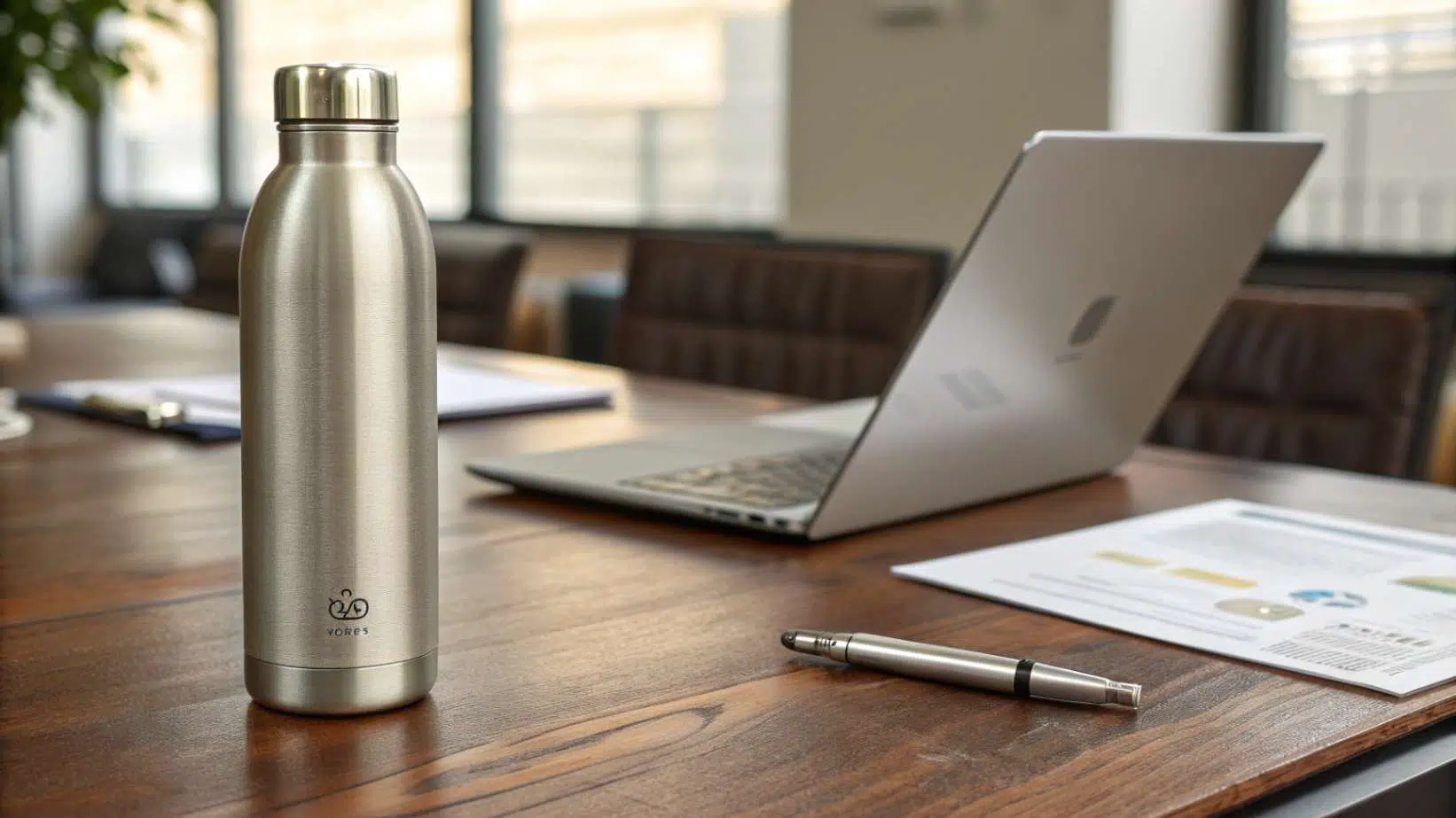
Decision Matrix for Steel Selection
| Application Type | Recommended Grade | Key Reasons |
|---|---|---|
| Corporate executive gifts | 316 | Premium perception, zero risk |
| Mass promotional giveaways | 304 | Cost efficiency, adequate performance |
| Retail/e-commerce products | 316 | Competitive differentiation |
| Employee wellness programs | 316 | Safety assurance, long-term use |
| Outdoor/marine events | 316 | Corrosion resistance essential |
| Budget-conscious campaigns | 304 | Maximize quantity distribution |
Risk Assessment by Use Case
High-risk scenarios require 316 steel to protect your brand investment. These include unknown end-users, harsh environments, and applications where product failure creates negative brand association. Low-risk scenarios with controlled use and known audiences can leverage 304 steel's cost advantages effectively.
I recommend 316 steel when you cannot control how recipients will use the bottles. Sports enthusiasts might fill them with electrolyte drinks. Health-conscious users might add lemon or vinegar. Marine workers face salt spray exposure. The small material premium eliminates all these risk factors.
316 steel is better for applications with unpredictable use conditionsTrue
316 steel has higher corrosion resistance than 304 steel, making it suitable for more demanding environments.
304 steel is always better for budget-conscious campaignsFalse
The article states 304 steel is suitable for budget-conscious campaigns, not that it is always better.
How Can You Identify the Grade of Stainless Steel in a Bottle
Quality verification protects your sourcing investment and brand reputation. I've seen buyers receive incorrect grades that led to customer complaints and expensive product recalls.
Request material certificates from suppliers, use acid testing kits for verification, and look for grade markings on the bottle bottom. Reputable manufacturers provide detailed composition reports and allow third-party testing to verify steel grades.
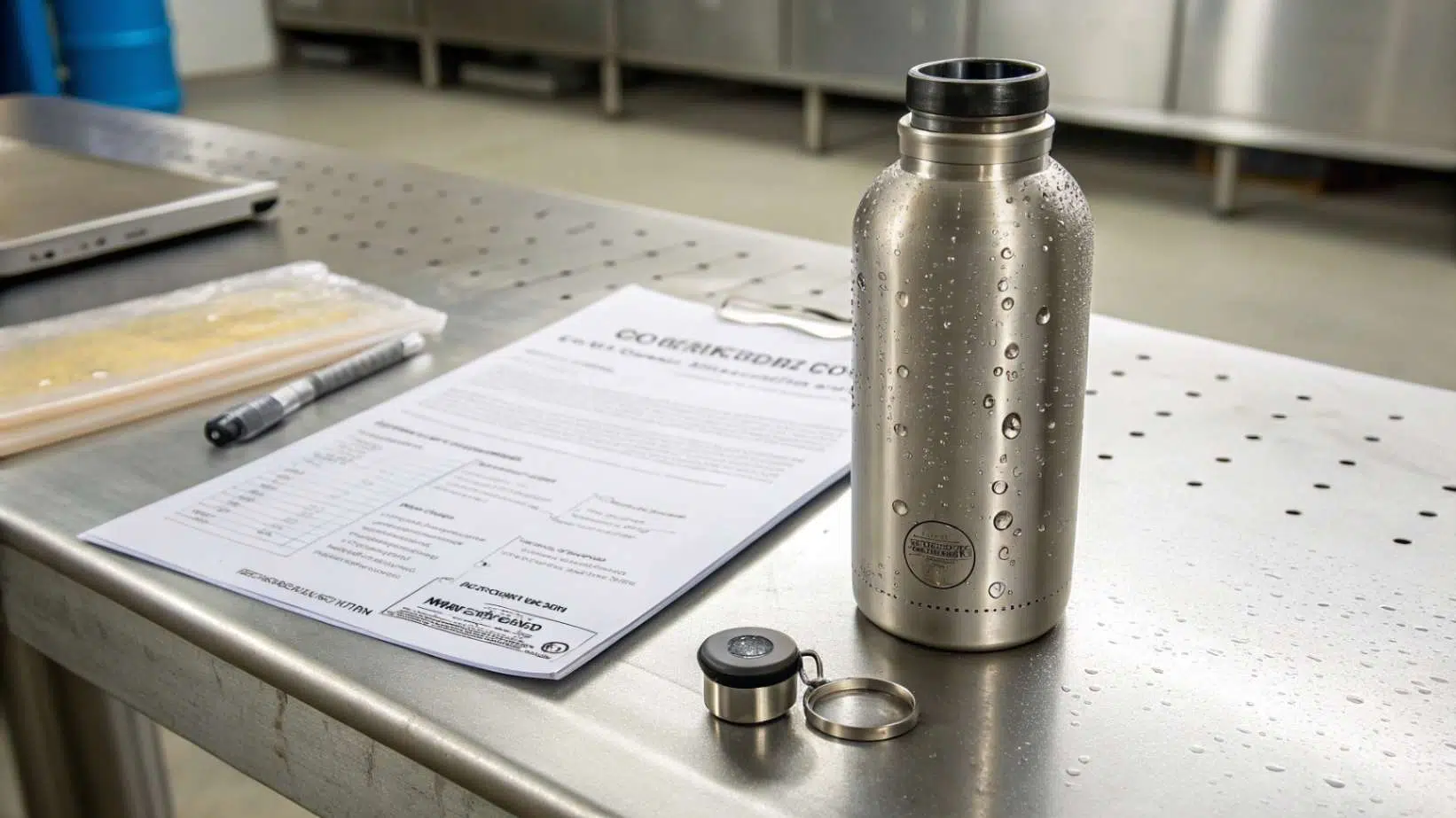
Verification Methods for B2B Buyers
| Method | Accuracy | Cost | Time Required |
|---|---|---|---|
| Supplier Certificate | 90% | Free | Immediate |
| Acid Test Kit | 95% | $50-100 | 5 minutes |
| XRF Analysis | 99%+ | $200-500 | 24 hours |
| Laboratory Testing | 99.9% | $500+ | 3-5 days |
At Cupique, we provide complete material certificates with every order and welcome third-party verification. This transparency builds trust and protects your investment. Always request these documents before placing large orders.
Red Flags in Steel Verification
Be cautious of suppliers who refuse testing, provide vague certificates, or offer suspiciously low prices for claimed 316 steel. Authentic 316 steel cannot be sold at 304 steel prices while maintaining quality standards. Legitimate suppliers welcome verification because they have nothing to hide.
Reputable manufacturers provide detailed composition reports to verify steel gradesTrue
The provided snippet states that reputable manufacturers provide detailed composition reports to allow for verification of steel grades.
Acid testing kits are not an effective way to identify the grade of stainless steelFalse
The snippet indicates that using acid testing kits is a recommended method for verifying steel grades.
Conclusion
Choose 316 steel for premium positioning and risk elimination, or 304 steel for cost-effective volume distribution. The decision shapes your entire product strategy and market positioning.
